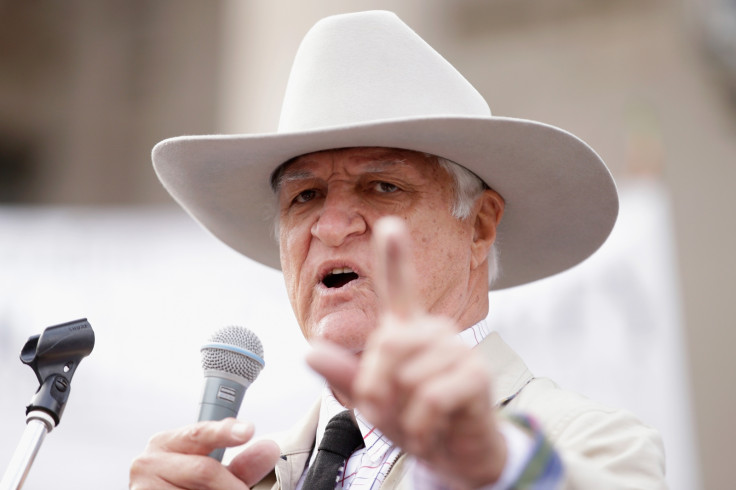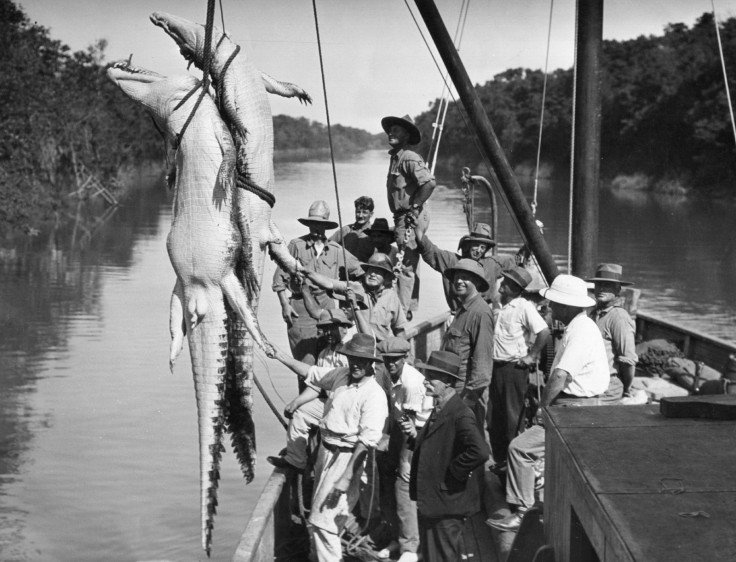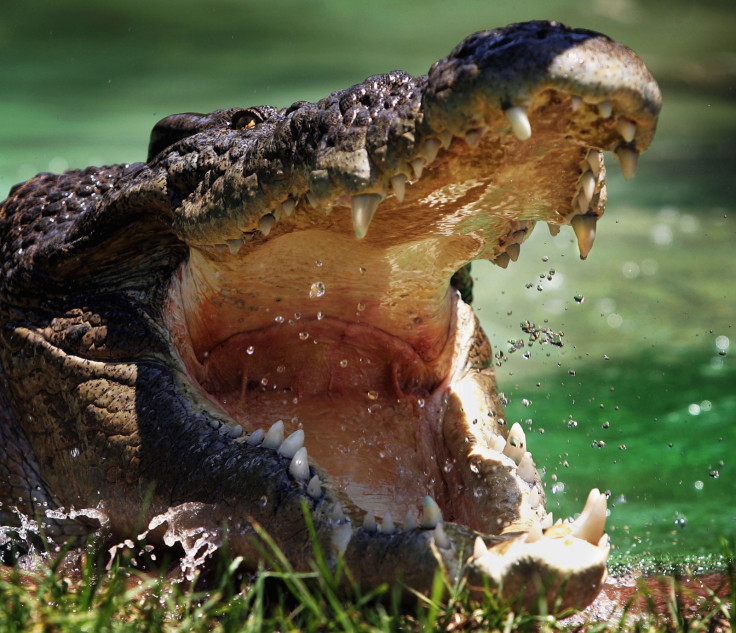Increase in crocodile attacks? People living near predators will always be at some risk
Whenever crocodiles and humans overlap, there will be a risk of attack – but culling is not the answer.
In northern Australia, you are never more than a couple of hours away from being eaten by a saltwater crocodile. It's easy to put yourself into considerable danger and a high risk of being attacked by a large and dangerous predator. You might wonder why anyone would put up with such conditions.
Yet if you select a more familiar example, we can put things into perspective. There are billions of people who are never more than a few minutes away from being run over by a car. It doesn't take much effort to get yourself killed in settings that we'd normally consider to be "safe"; we live in a state of constant risk of death, yet unless it involves large, toothy reptiles or glassy-eyed sharks, we tend not to worry about it. The risk of city-living is generally low, but that's because we take steps to keep it that way. Similarly, people living around crocodiles can do the same.
Unfortunately not everyone exercises that option. Within the last week in Queensland, northern Australia, two people have been attacked by crocodiles. One of these was killed spear-fishing, an activity he'd be doing for years without incident. This time he was in the water near a river mouth inhabited by large crocodiles and he attracted the attention of one large enough to kill him. The other victim, a teenage boy trying to impress a girl, jumped into water he knew contained crocodiles, aided only by a considerable volume of alcohol. He'd done it before and he'd been fine. This time he wasn't fine, but despite serious injuries to his arm, it appears that his pride and braggadocio remain unaffected.

As a direct result of these attacks, a well-known and outspoken Australian politician, Bob Katter, renewed his vow to introduce crocodile culling legislation. Katter has previous claimed that the only good crocodile is a dead one, regardless of any evidence to the contrary. But Katter is only telling many in his electorate what they want to hear: they're fed up of bunny-hugging greenies putting crocodiles before people, and they think the best solution is to shoot the lot of them (the crocodiles, we assume).
This isn't a unique problem. Many countries around the world are seeing similar instances of "human-crocodile conflict", often down to the same root cause: successful conservation programmes resulting in recovering crocodile populations. It's a toothy issue because crocodiles undoubtedly have benefits when they're around – there's compelling evidence that they actually improve the health of wild fish populations, and they have both economic and often cultural value.
Yet many locals only consider what they've witnessed over the years; the invasion of their waterways and fishing spots by dangerous wild animals. In countries where access to the water isn't a luxury but a necessity, they pose a serious but unavoidable risk to life and limb. In both instances these concerns need to be taken seriously, but the proposal that shooting any number of wild crocodiles will address them is a fallacy.
When saltwater crocodiles were protected in the early 1970s in northern Australia (after decades of unregulated hunting nearly wiped them out), you could jump into any muddy puddle with relative disregard. Not many did because far fewer people lived there compared with today.

Regardless, crocodiles showed the resilience that has served them well for more than 100 million years by recovering and moving back into their old haunts, and within a few years reports of crocodile attacks began to rise. The human population was also growing – and demanding that something be done about these upstart reptiles taking away their rights to use the water with impunity.
This is where the Northern Territory and Queensland governments diverged in their approach to the problem. Protection remained absolute in the latter, with only a few crocodile farms established using a brief and strictly controlled wild quota. The Northern Territory government followed an initiative that had been successful in Zimbabwe, allowing "sustainable use" of wild eggs by encouraging crocodile farmers to pay landowners royalties for healthy eggs that would have been drowned by flooding. This encouraged protection of nesting habitat and tolerance of wild crocodiles, now indirectly supporting the economy and creating jobs. Combined with an awareness campaign about staying safe in crocodile habitat, the programme was a resounding success.
Both of these approaches achieved their objective of allowing the wild crocodile population to recover (there are conservatively estimated to be around 150,000 crocodiles across northern Australia) but there remains a fundamental difference.
In the Northern Territory there is an underlying tolerance of wild crocodiles that appears to be a direct result of their value-adding strategy, coupled with a pragmatic management plan which puts people first around populated areas. In Queensland, however, animosity towards the burgeoning crocodile population is reaching boiling point for many. It's easy to speculate that these different management approaches have given us quite different long-term outcomes. Unlike the Northern Territory where calls for culling have been knocked back repeatedly, in Queensland Katter's calls for a widespread cull have found an audience.

Despite these differences, the solution seems quite clear. Australia has the lowest fatality rate from saltwater crocodile attacks in the world, and yet the highest population of crocodiles. Compared with Timor-Leste, Indonesia or Malaysia, our management efforts are proving successful in keeping the risk of crocodile attack very low.
Whatever we're doing, it's working, and what we're doing is a robust safety and awareness campaign coupled with small-scale removal around high-risk areas. The reason it isn't perfect is down to the fact that people will always find new and inventive ways of putting themselves at risk, either intentionally or otherwise. But it shows that we're on the right track. Culling, on the other hand, has proven to be ineffective with both crocodiles and sharks. In fact there's reason to think it might increase the risk of attack by misleading people into a false sense of security over the results.
People want to go swimming again, but culling will not achieve that outcome for them. As long as there are some crocodiles out there, or ways in which crocodiles can move back in those areas, there will be a risk of attack. Therefore people's behaviour cannot be allowed to change, and safety and awareness campaigns must continue. All culling achieves, therefore, is a direct impact on tourism (fewer, more wary crocodiles to see) and Queensland's early forays into wild egg harvest, potentially costing millions of dollars and the loss of hundreds of jobs. It may also affect food webs including fish productivity. All for no appreciable change in safety or people's freedom.
Those halcyon days in the early 1970s where you could go swimming with impunity are never coming back, just as the quiet, sleepy hometown you remember from childhood no longer exists. Crocodiles are here to stay, and we should be smart enough by now to know how to deal with them.
Adam Britton is a crocodile specialist at Big Gecko Crocodilian Research, and the CrocBITE Worldwide Crocodilian Attack Database project
© Copyright IBTimes 2025. All rights reserved.





















